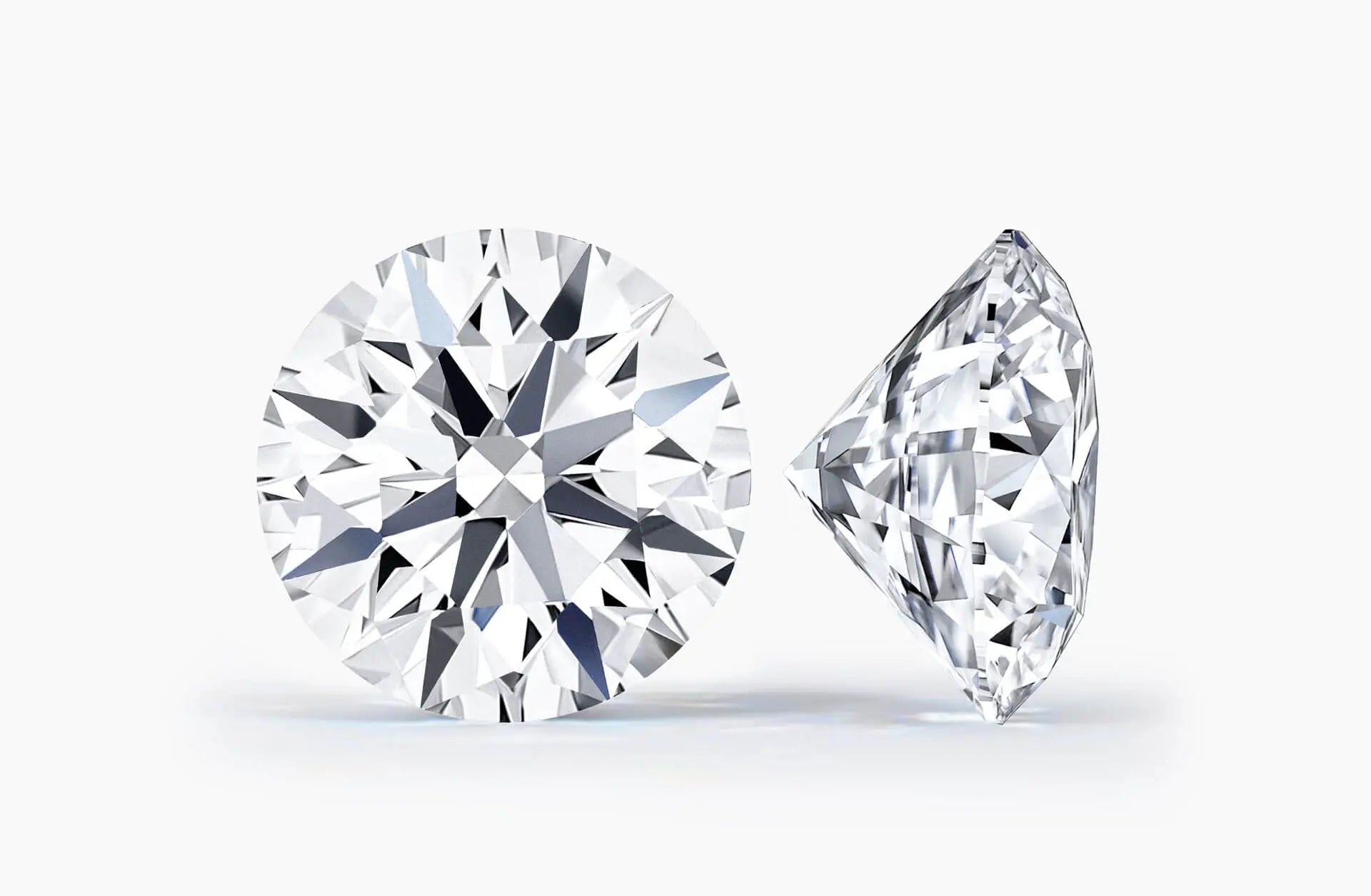Are you in the midst of choosing a diamond for your engagement ring? Faced with many options, but none quite like: natural diamonds vs. lab-grown diamonds. Each option has its own unique characteristics and advantages. In this article, we’ll explore the differences between these two types of diamonds. This will help you make an informed decision for your special moment.
What Are Natural Diamonds?
Natural diamonds are the traditional choice for engagement rings. These are precious gems, formed deep within the Earth’s mantle over billions of years. Extracted from mines, their journey to becoming a sparkling engagement ring is complex.
The Beauty of Natural Diamonds
One of the main attractions of natural diamonds is their rarity and uniqueness. No two natural diamonds are exactly alike. They have distinct characteristics. Including colour, clarity, and carat weight, make them special and one-of-a-kind. This individuality can add sentimental value to your engagement ring. As a result, it adds a symbolic nature to your one-of-a-kind love story.
The Cost of Natural Diamonds
However, this rarity comes at a price. Natural diamonds are generally more expensive than their lab-grown counterparts. The mining process can be environmentally taxing. Add to that the cost of extraction and distribution, driving up the price. If budget is a concern, you may want to consider other options.
What Are Lab-Grown Diamonds?
Created in controlled environments using advanced technology are Lab-grown diamonds. These diamonds are chemically, physically, and optically identical to natural diamonds. However, they form in a matter of weeks, not billions of years.
The Affordability of Lab-Grown Diamonds
One of the most significant advantages of lab-grown diamonds is their affordability. They are around 20-40% less expensive than natural diamonds of similar quality.
Ethical and Environmental Considerations
Lab-grown diamonds are often considered a more ethical and environmentally friendly choice. Mining practices for natural diamonds contribute to environmental degradation and raise ethical concerns. In contrast, companies produce lab-grown diamonds in an environmentally sustainable manner. If ethical and environmental concerns matter to you, lab-grown diamonds could be an ideal choice.
Comparing the Four Cs
Consider the Four Cs when choosing between natural and lab-grown diamonds: colour, clarity, cut, and carat weight.
Colour and Clarity
Both natural and lab-grown diamonds come in a variety of colours and clarities. Natural diamonds may have slight variations in colour due to their geological formation. However, companies can produce lab-grown diamonds with fewer impurities. As a result, it leads to a more consistent appearance. In the end, your choice will depend on your preference for colour and clarity.
Cut
The cut of a diamond plays a significant role in its brilliance and sparkle. Both natural and lab-grown diamonds can be expertly cut to maximize their beauty.
Carat Weight
Carat weight determines the size of the diamond. Both natural and lab-grown diamonds are available in various carat weights. Consider your budget and preferences when choosing the carat weight.
Choosing a Diamond: The Decision Is Yours
In conclusion, consider factors like beauty, cost, ethics, and the Four Cs. In the end, the choice between natural and lab-grown diamonds comes down to your individual priorities and values. Natural diamonds offer a unique and timeless beauty but come at a higher cost. Lab-grown diamonds provide an affordable, ethical, and environmentally responsible alternative without sacrificing quality.








